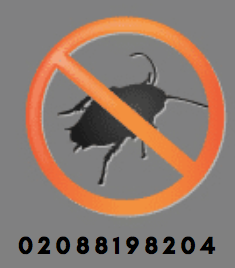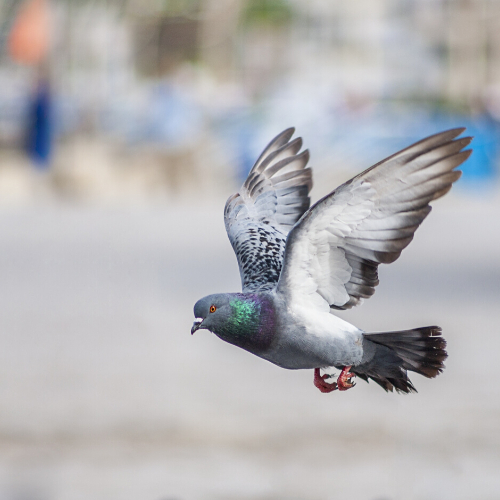Feral pigeons in Southwark

Feral pigeons have always been a problem in many towns and cities and Southwark is no different. But in the last few years it seems that the problem is getting worse. This could be blamed on the amount of empty shops, offices and homes that are appearing all the time due to the recession. With all these premises being left empty, they have become ideal places to nest if they are not boarded up correctly and not checked on a regular basis. Unlike the Wood Pigeon (no relation) that nests in trees, the feral pigeon will nest almost exclusively on and inside buildings and at height.
With the rise in feral pigeons in Southwark also comes the rise in associated problems. The build up of droppings found around nesting areas, can become infested with insects and mites. These are pests that can infect stored products such as flour, and houses. Stored product pests include the Biscuit Beetle, Bird Mite, Brown House Moth, Clothes Moth, Flour Mite, Fur Beetle, Varied Carpet Beetle, Larder Beetle and Pigeon Tick. These mites and ticks carry many diseases which can give rise to the following diseases: Chlamydiosis and Salmonellas and can cause extreme breathing difficulties for asthma sufferers or those with a lung condition.
Then there are the problems with buildings. Nests and excrement blocking gutters and down pipes, which can cause water damage by seepage coming into the property. Chimneys can become blocked by nests, causing smoke problems. Gasses such as carbon monoxide may be forced back into the house via the extractor fan piping causing carbon monoxide poisoning. These problems can lead to increased costs of maintenance if not dealt with. Large numbers of roosting pigeons can also give rise to odour and noise complaints. Then there are the health and safety dangers in terms of slipping hazards on pavements and fire escapes, from the accumulations of droppings.


